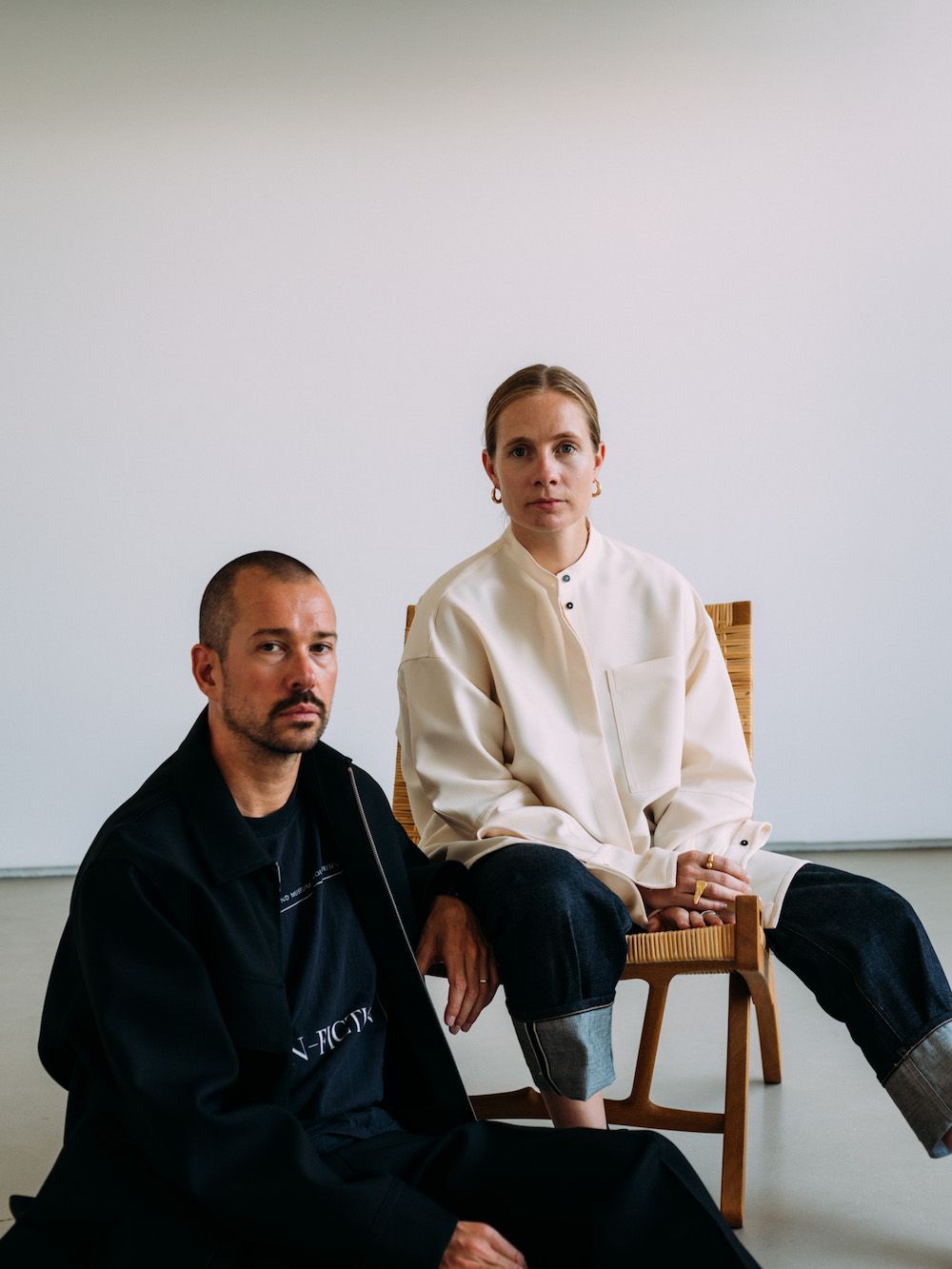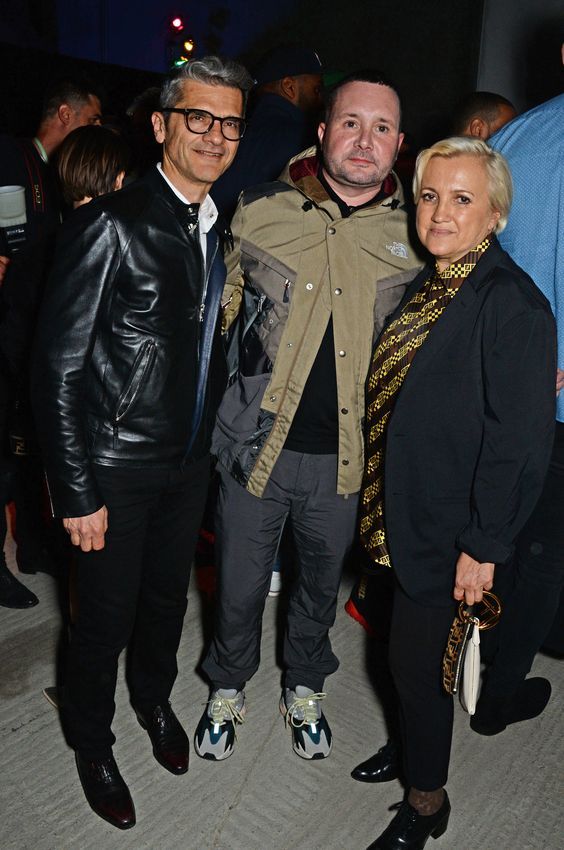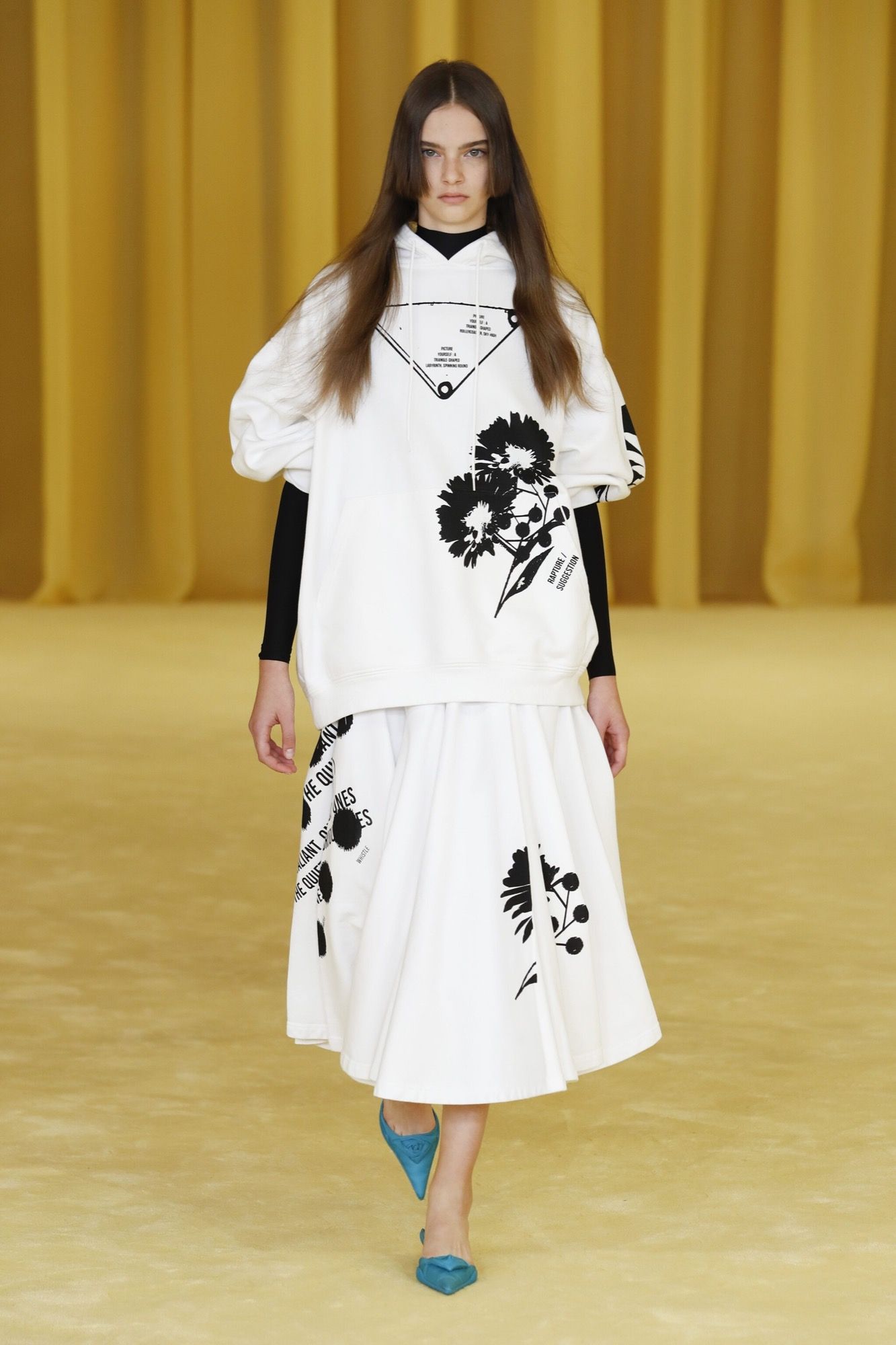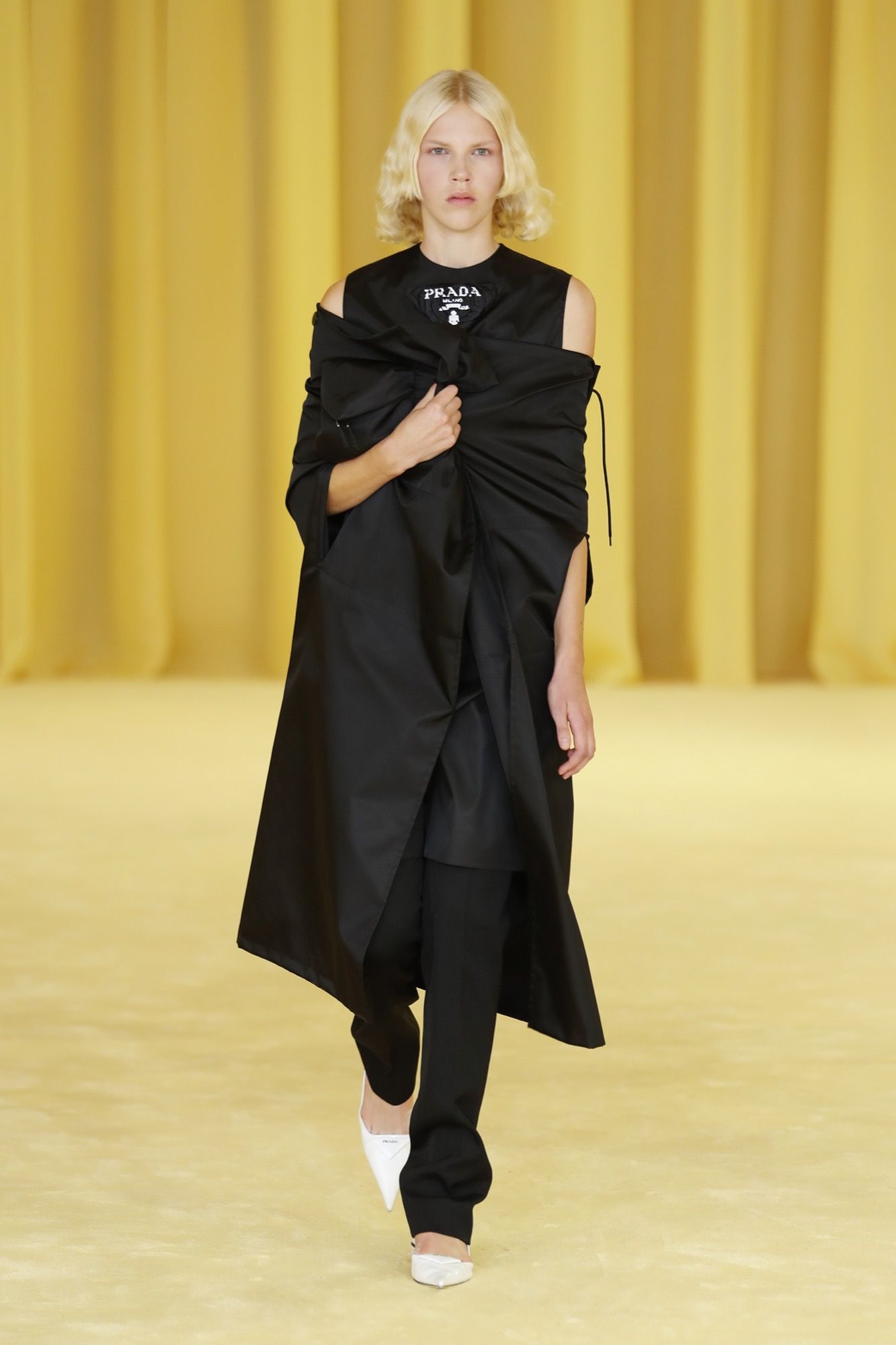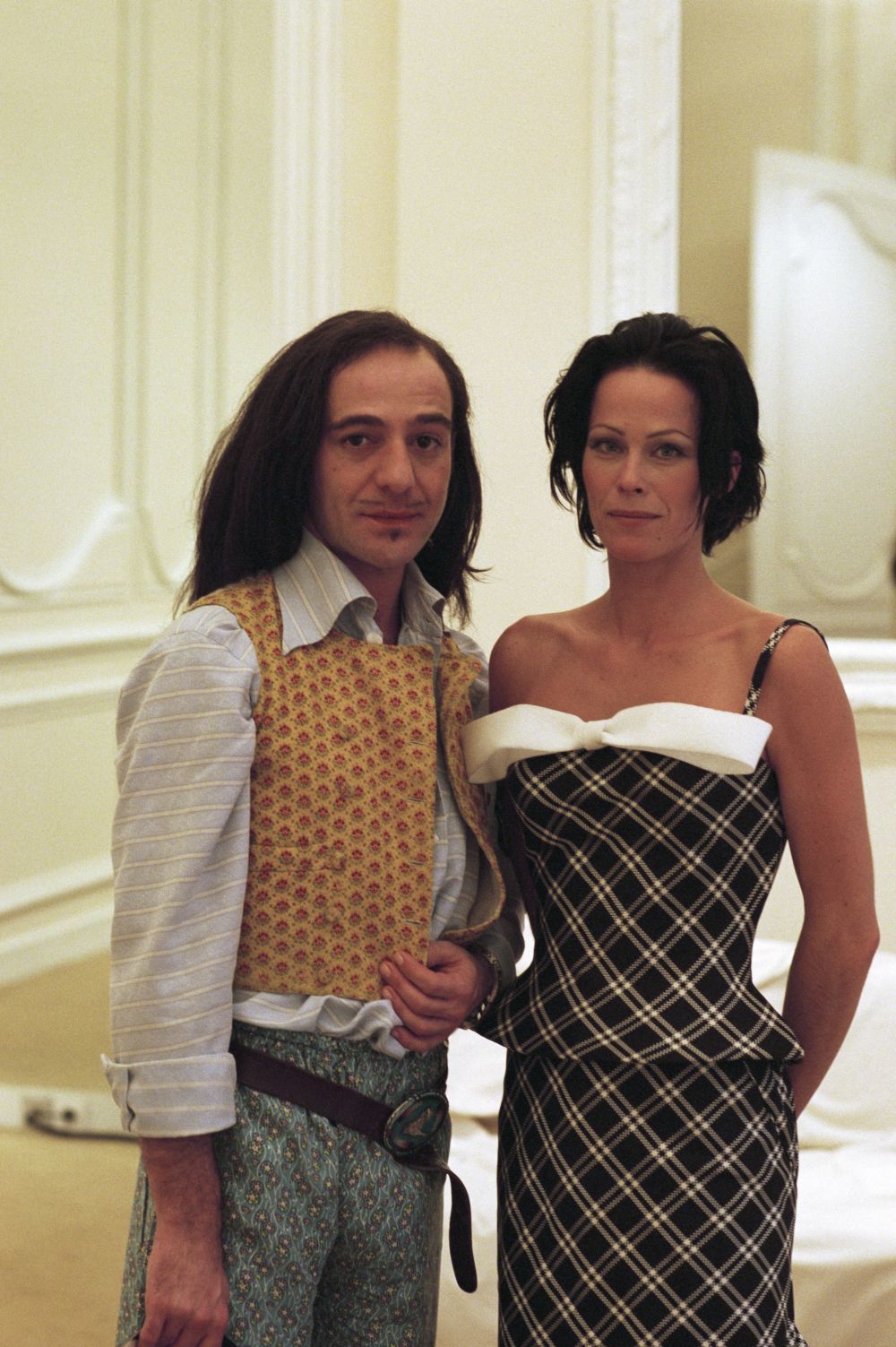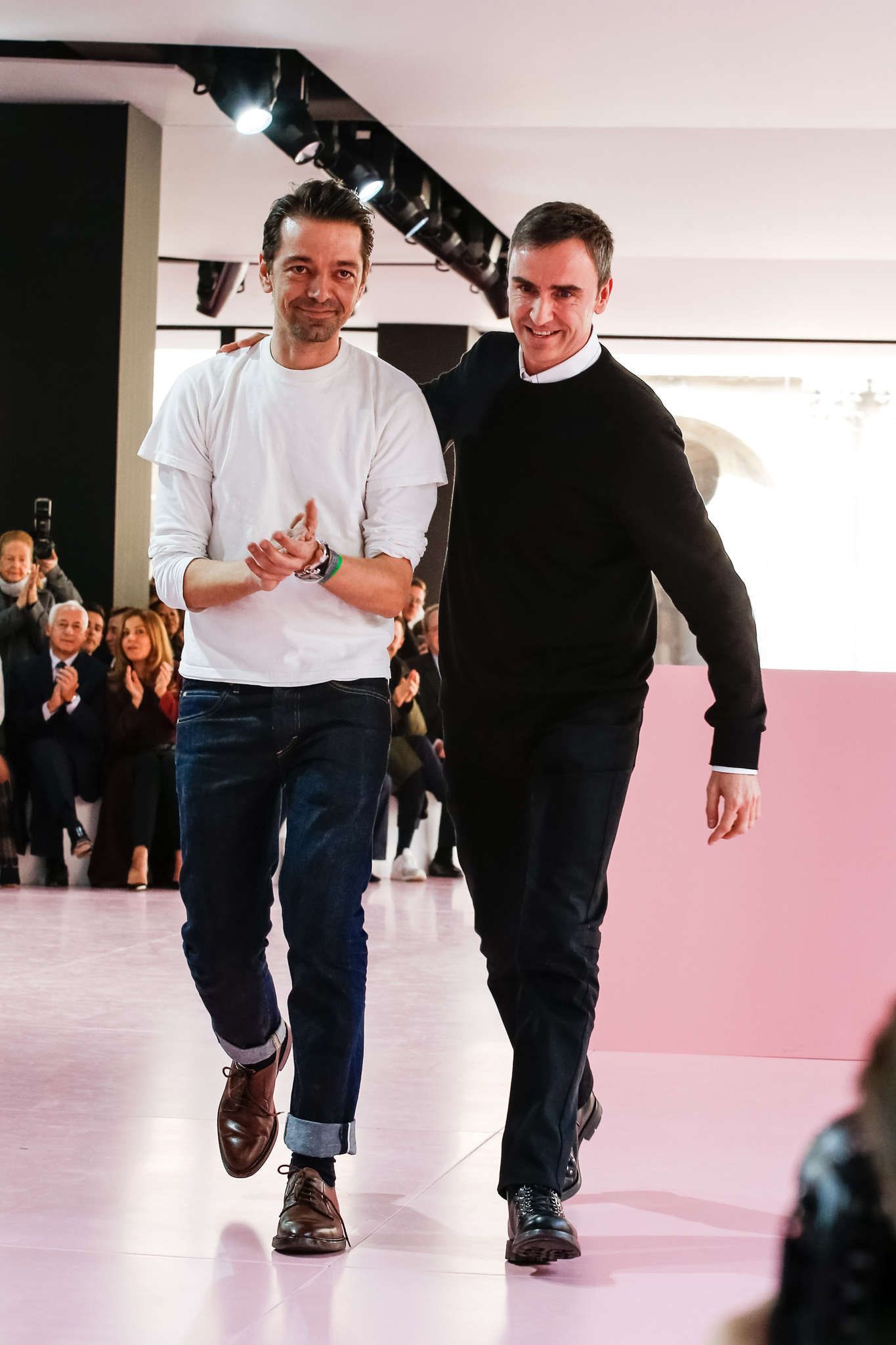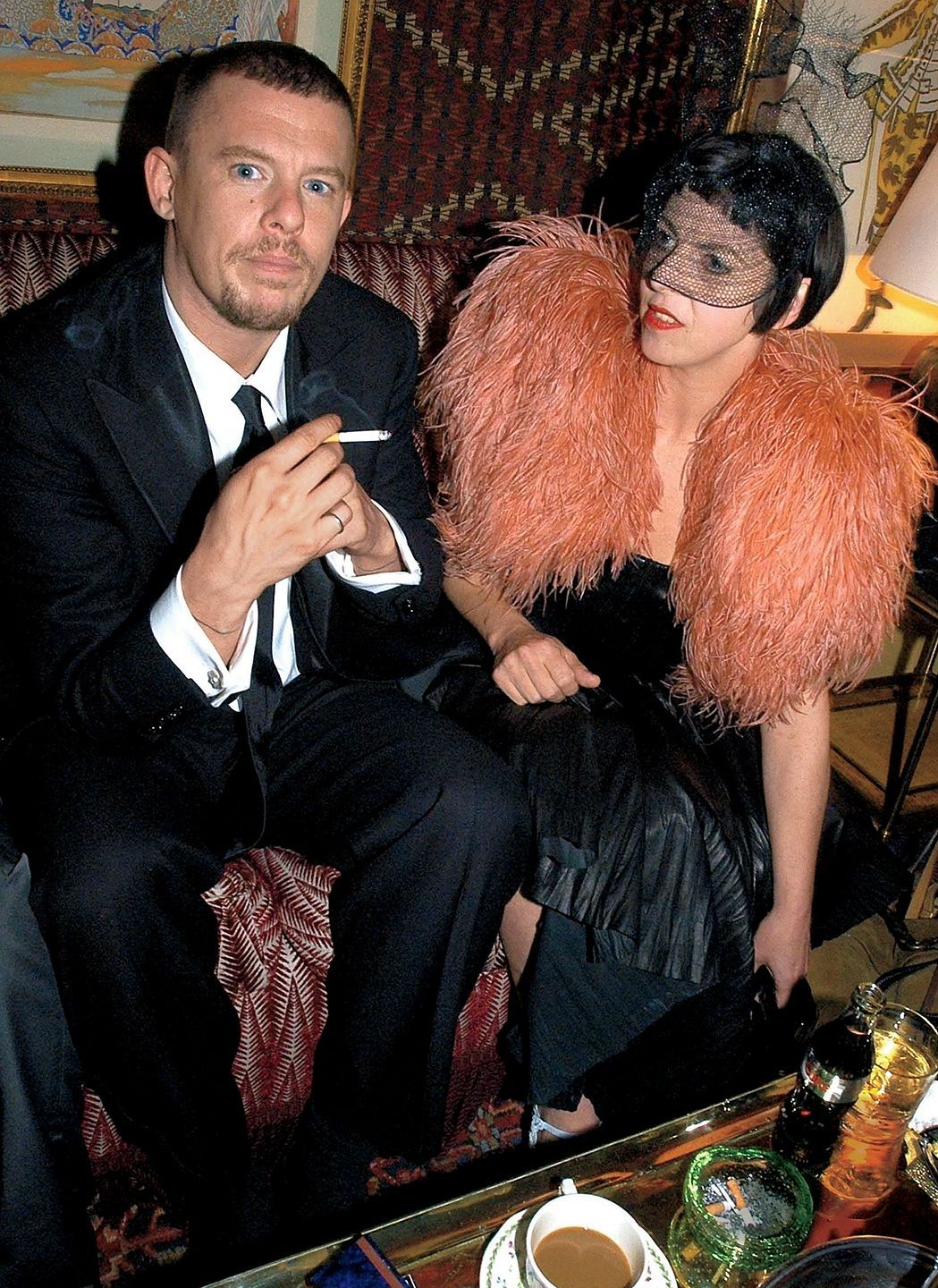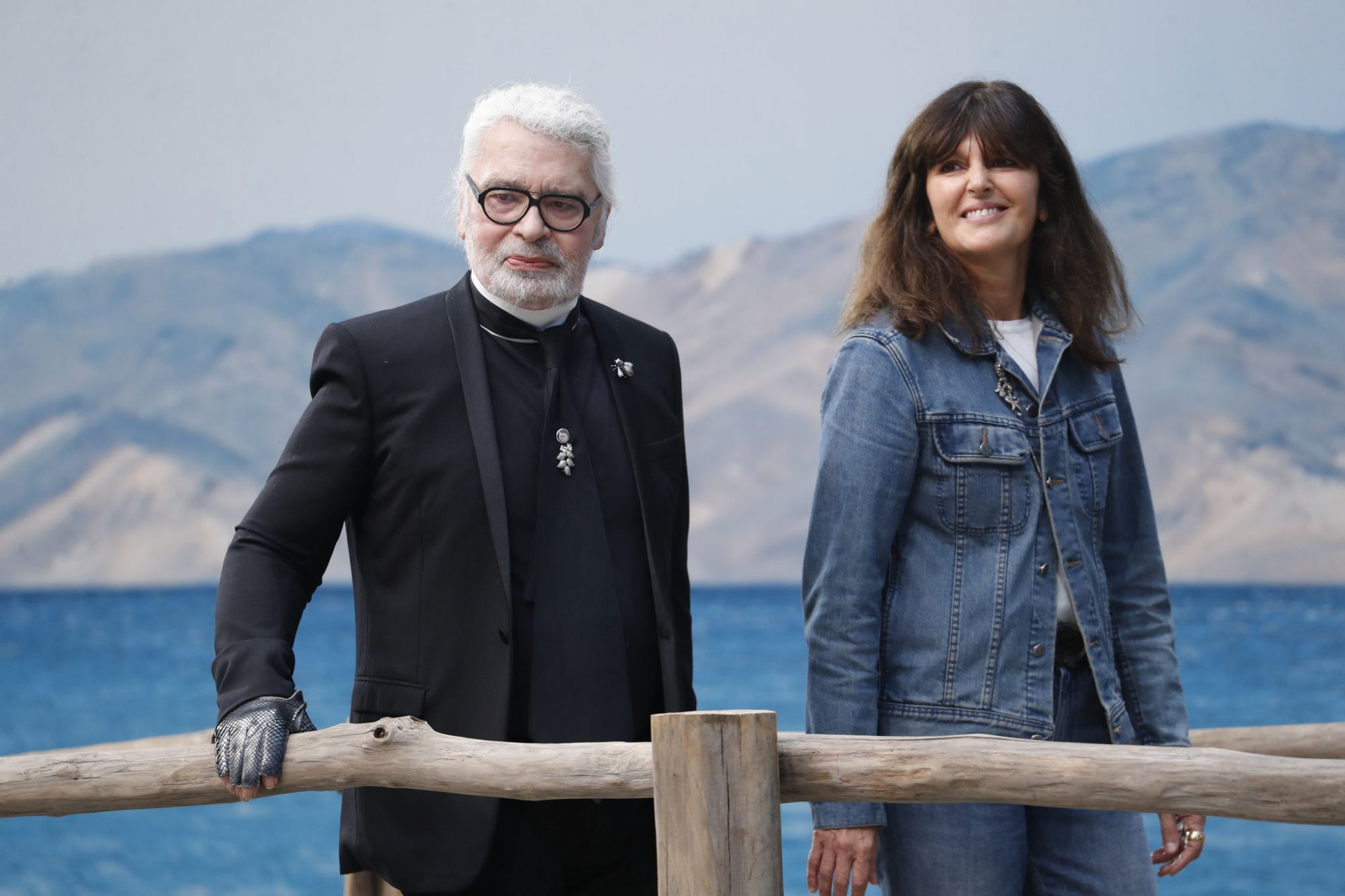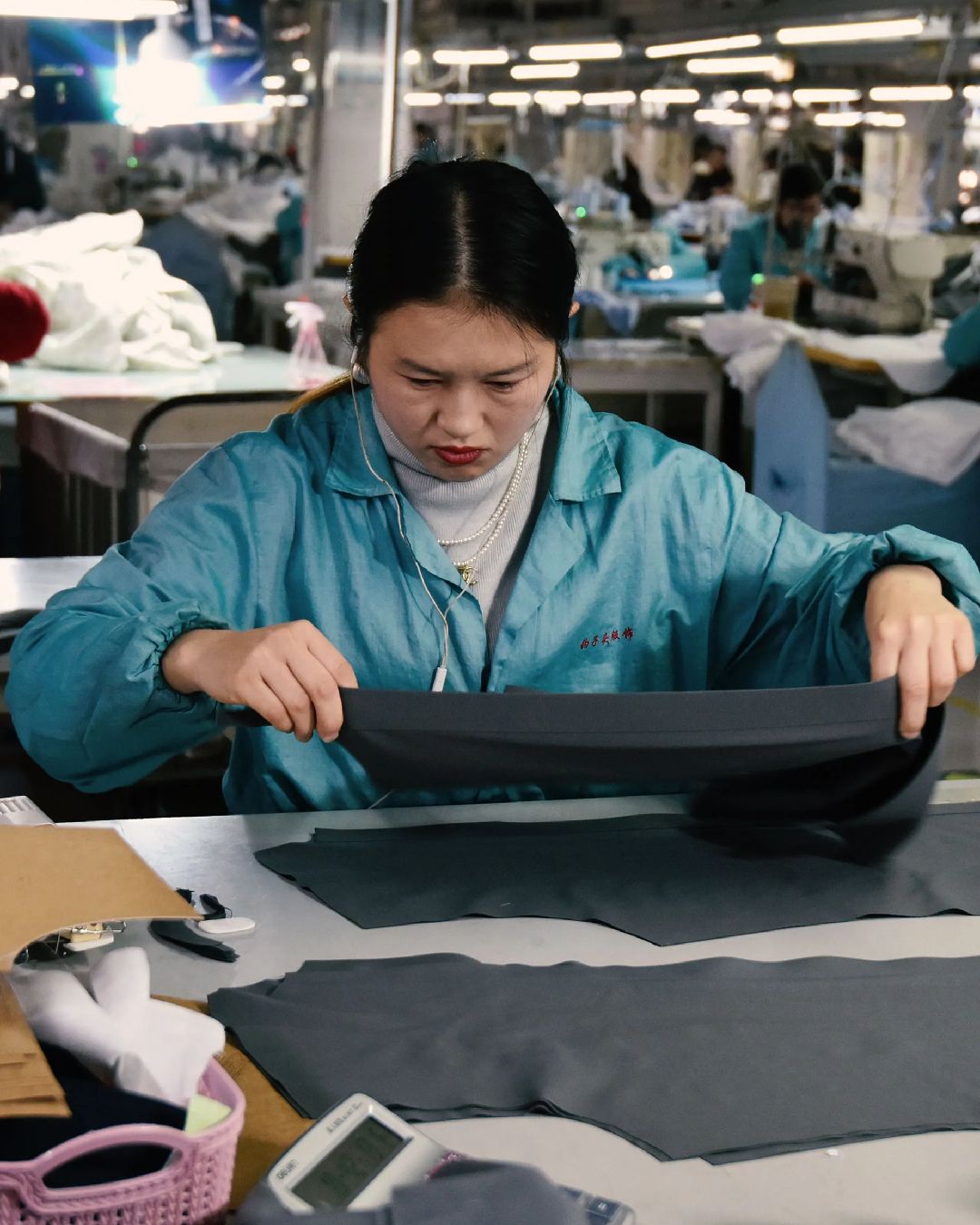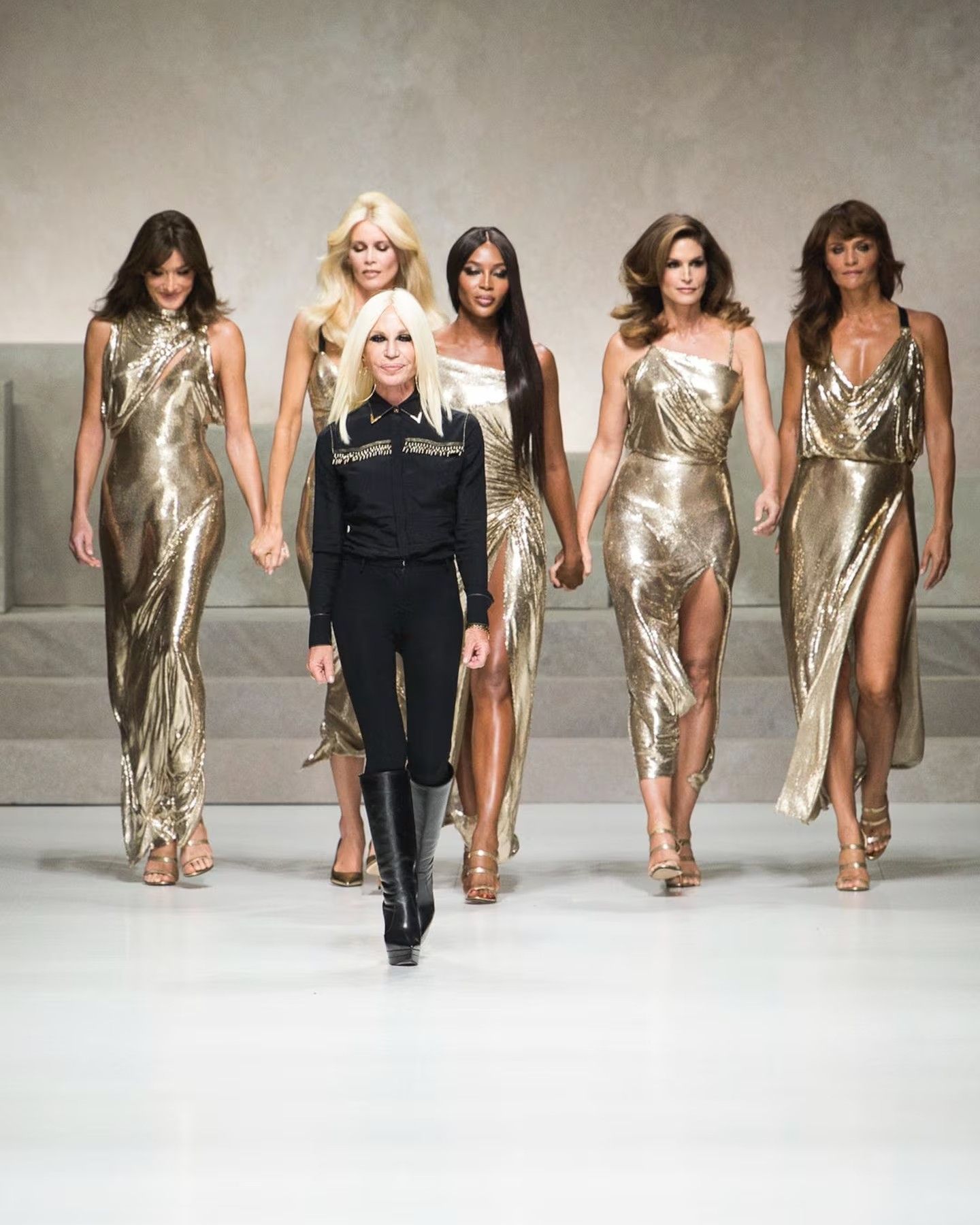
Are two creative directors better than one? From Prada-Simons to Jones-Fendi, there's a trend in the fashion industry
A few months ago, a Bernstein report decreed 5 years as the time period in which to identify the rise and fall of a creative director who has recently settled in a fashion house. If with the success of GucciFest Alessandro Michele has at least partially proved this prediction wrong, in recent months another trend seems to have emerged, one that interests the top management of fashion houses, as an article from WWD now reports: creative co-direction. A "new" way of doing fashion blatantly inaugurated this year by Miuccia Prada and Raf Simons, two superstars of the industry united in the building of a new chapter in Prada aesthetics, which, judging by the first collection presented last September, is a good fusion between the visual and historical codes of both designers. The announcement of Kim Jones' arrival at Fendi to support Silvia Venturini Fendi, who after the years together with Karl Lagerfeld found a new creative partner, came as a real surprise. A similar, yet different, mentality is the one that applies also to discourse also applies to Jil Sander, which since 2017 has been led by a couple of creatives, the spouses Luke and Lucie Meier, who have brought the brand back in the spotlight. A duality of voices is what has always characterized Preen, the English brand that since 1996 has combined the vision of Justin Thornton with the practical approach of his wife Thea Bregazzi, as well as Sunnei, the brand based in Milan founded and led by Simone Rizzo and Loris Messina.
Despite the high-profile collaborations proliferated in the last few months - while waiting to see the first Fendi collection designed by Jones - creative co-direction is not an unknown practise in the fashion world, quite the opposite. Beyond these specific cases involving leading names - which alone could justify the operation - the trend could find new thrusts and opportunities thanks (or because of) the conditions in which the fashion industry finds itself operate today. As WWD pointed out, a first factor could be that of representation and inclusion. Among the 265 brands that make up the official calendar of New York, London, Milan and Paris fashion weeks, 51% of the brands are led by men, 38% by women and the remaining 11% are characterized by co-ed directions of couples or collectives. Certainly, the numbers still reflect an imbalance of roles between male and female creatives, and it is equally true that creative co-direction would allow a higher number of women to find themselves at the top of important fashion brands, but they would always do so "accompanied ”, not completely free and independent. (It's funny that in the two cases mentioned above it was male designers - Simons and Jones - who joined very powerful female designers).
Besides gender issues, creative co-direction can prove to be the right way to embrace the demands for inclusion and diversity that have become two pillars of the industry. The union of two creative minds allows the mixture of different points of view, of different nationalities, ethnicities, backgrounds, ages, experiences, thus offering a composite and broader final vision (if, once again, we don't consider the fact that all those mentioned so far are white designers). The addition of a designer at the top of a brand, especially if in a moment of crisis or to dictate the beginning of a new course, could be the most effective option today to meet the needs of the market and consumers, without deviating from the original brand. From a practical point of view, working as a couple means sharing a complex job, that no longer consists only in the simple creation of collections, but which encompasses tasks and responsibilities that span multiple fields and industries.
However, it's wrong to think that whoever is or has found themselves, running a large fashion house has done it completely by themselves. The fashion industry, and the creative teams first and foremost, have always worked in plurality, best expressing that collaborative soul that is undeniably part of the DNA of this discipline. In addition, every creative designer is helped and supported by an indispensable right-hand man or an indispensable muse. Raf Simons had Pieter Mulier, Karl Lagerfeld had Virginie Viard, who is now his heir at the helm of Chanel, Kim Jones found in Lucy Beeden his most faithful collaborator, John Galliano could count on Amanda Harlech, as well as Alexander McQueen had Isabella Blow, and so on.
Forgetting these famous couples for a moment, it can be observed another creative thread, which interprets the concept of creative co-direction in a different way and which could be the ideal solution to represent and reflect younger generations. From Vetements yesterday to Telfar today, working in a creative collective means that the instances, the individual inclinations and the very name of the designers that make it up, dissolve behind the label of brands that want to be truly plural. This cancellation of the personality of the designer, which ceases to be central in the determination of a brand and its imagination, allows leaving room for the products and the purest vision of the brand, giving the possibility to the potential final consumer to identify completely, both in the world of luxury as in streetwear. Never before have brands been asked to be bearers of meanings, values and culture, becoming the voice, or rather, reflecting the voice of a varied public, which no longer believes in the myth of the couturier with a univocal and indisputable vision but who prefers confrontation, discussion, debate.
The unprecedented union between Prada and Simons, also given the extraordinary nature of the personalities involved, therefore remains unique in the fashion industry, but in its unrepeatable being, it's also a precursor and forerunner of a trend that might mark the future of the sector.










































